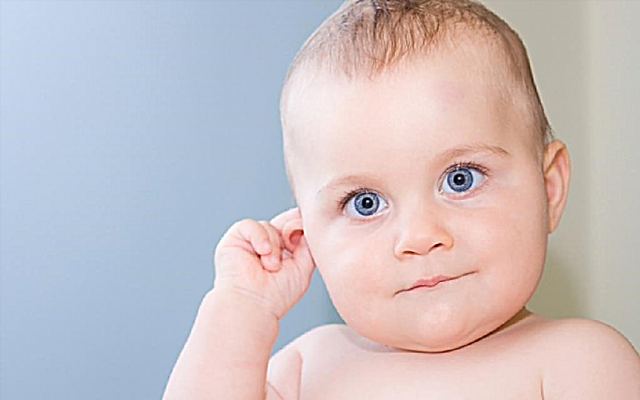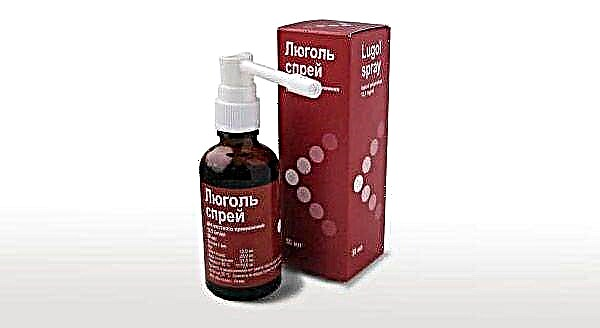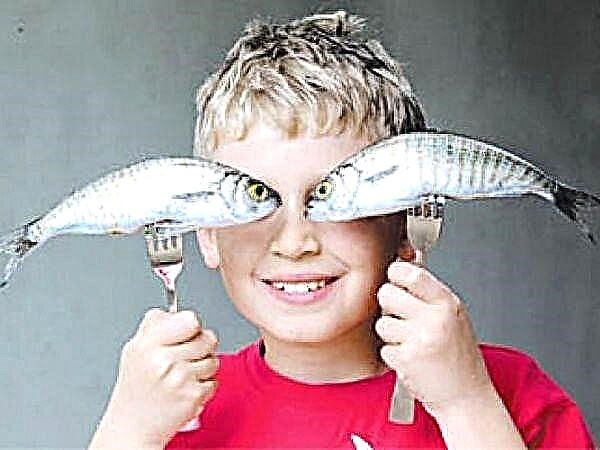Bathing a newborn is an exciting process for every new parent who is not specially trained in the hospital. Pediatricians advise newborn babies to carry out water procedures daily, but not all young mothers know how to bathe a baby. It is good if older relatives are nearby who can prompt and help. If there is no such help, mothers have to cope alone. If you find out all the nuances of this procedure in advance, then the mother will be ready mentally and physically.

Mom bathes the baby on her own
The difficulty of bathing alone
Many young mothers do not know how to wash a newborn baby alone, in this regard, they have several reasons for concern:
- Fear that the baby bath will fall while washing.
- They are afraid not to hold the baby, that he may fall out and hit.
- They are worried that the water can quickly cool down, which will make the baby sick.
- They are worried that in the process something may be needed and there will be no one to submit it.
All this can be avoided by being prepared in advance. The process of washing a baby is quite simple, over time, every mother performs it faster and easier.

Bathing occurs according to the algorithm
Benefits of a baby bath
Before birth, some parents ask themselves how it will be more convenient to bathe a newborn baby: in a special bath or in a general one? This question is always individual, each mother decides for herself how it will be more convenient for her to take care of the child. There are advantages to purchasing a baby bath:
- Because of its size, it is easier to keep it clean, as it is easier for parents to clean and keep a small bathtub clean than a common one.
- When using the bath, it is more convenient for mom to hold and monitor the baby.
- Children with an unhealed umbilical cord are bathed in boiled water. A small bath will be easier and faster to fill.
- If the baby shows inflammation on the body, then the treatment solution will be easier to prepare in the baby bath.
- Pediatricians do not give contraindications against the use of baby baths.
How to choose the right time
The very first bathing of newborns is not recommended for too long, just a few minutes. Gradually increase this time to 15-20 minutes - it is considered optimal. Sometimes new mothers, not knowing when and how to properly bathe their baby, try to meet the time. If the child is calm, then the water procedures can be extended.
At first, it is not necessary to bathe the baby every day, since he does not yet have time to get so dirty. Over time, when he learns to crawl and explore the world, mothers wash the baby with a daily procedure.
Water procedures do not have to be carried out in the evening. Parents do this when it is convenient for them. Although carrying out water treatments before bedtime has a relaxing effect and promotes sound sleep. Also, pediatricians advise to start water procedures shortly before feeding, so that the child is not hungry yet, but not just ate.

Special slide supports the head
Preparing to take a bath
General tips for washing your newborn:
- To make it easier for mom, the baby bath is placed on special supports, then it will be at a comfortable level. Check that the stand does not wobble.
Note! Baby baths are pre-cleaned with soda and rinsed with boiling water. Any other cleaning agent may cause allergic reactions.
- They put all the things that are needed for bathing nearby so that you do not have to reach for them.
- Prepare a towel in which the baby will be wrapped after washing. To do this, spread it on a table or washing machine.
- Collect water and monitor the mark on the thermometer.
Bathing essentials
The process of bathing a newborn baby in a bathtub by one mother can seem difficult. But, if you disassemble each moment in stages, then young mothers will have no questions and concerns.
Items for newborn bathing:
- bath;
- stand for the bath;
- thermometer for water;
- washcloth;
- towel;
- baby cosmetics or soap.
Features of bathing babies:
- In case the baby's mother bathes him on her own without outside help, it is recommended to use a hammock or a special slide. Many also use circles for swimming. Their use allows you not to be afraid that the baby's head may slip out. Mother has both hands free during the whole process.
Important! Sometimes a decoction of herbs is added to the water, but only as directed by a doctor. If there are no contraindications to this, then the decoctions are added to the water in advance.
- The kid is undressed and washed under a stream of warm water. If there is no such need, they are immediately carefully placed in a tray on a slide. Rinse the entire body with warm water.
- Add a small drop of shampoo to a soft washcloth and wash all the folds on the body with it. Pediatricians do not recommend using shampoos too often, as they can dry out the skin - once a month is enough. If the child is washed without shampoo, the folds of the neck, arms and legs, armpits, and the perineum should be washed with water.
- If the baby is not naughty during washing, he may be left in the water to lie down for a while. By the end of the procedure, it is rinsed with clean water from a jug. The water is prepared in advance, so by the time of rinsing it has already cooled down by a couple of degrees. Pouring a little cool water will be useful for the baby, but if the mother or the child does not like it, then the water in the jug is made warmer.

Everything you need is prepared in advance
How to find the optimal water temperature
Newborns are bathed in boiled water until the navel is healed, after which you can switch to regular tap water. Temperatures are kept at 37 °, but it is considered mandatory only for the first two weeks of life. Then mom can raise or lower the water temperature a little.
The gradual cooling of the water to 32 ° will have a general strengthening effect on the baby's body, especially as a procedure before bedtime.
The bathroom temperature should be the same as in the whole house, over 21 °. In order to redeem a child, it is not necessary to additionally heat the room, otherwise it can have a detrimental effect.
What to do after water procedures
The baby is taken out of the bath, holding it by the head, and immediately wrapped in a previously prepared towel. The newborn is not rubbed with a towel, you should gently blot all the folds and several times the head. Clean the nose and ears if necessary.
When the child is dry, they examine him for redness. Newborn girls and boys pay special attention to the groin area, since this is a place of frequent irritation. It is avoided or neutralized with baby powder and cream.
It is not recommended to use creams and oils if the baby's skin is normal. Children care cosmetics should be handled carefully, using the principle: dry - moisturize, wet - dry.
Causes of discomfort while swimming
If everything can be clear to mothers with the washing process, then there are frequent concerns about whether it is possible to wet the baby's ears, and what if the water gets into the unhealed navel.

If necessary, use cotton swabs with a stopper
Many parents try to avoid any water entering their newborn's ears. But they do not take into account what structure their child is now. The ear apparatus is not yet fully formed, so water is less likely to enter the ear than in an adult. In addition, the use of special slides or circles will protect you from unnecessary worries.
It is normal for your ears to get into your ears while bathing. If parents are worried, then they can insure:
- blot with a towel;
- use a special children's cotton swab with a limiter;
- wrap the baby in a towel with his head and gently turn it.
Washing the baby deserves special attention when the umbilical wound has not yet healed. Boiled water is used for the first 10-14 days or until the navel is completely healed. After bathing, the umbilical wound is carefully treated in the following order:
- Mom spreads the skin around the umbilical wound with her left hand and drips a small amount of hydrogen peroxide inside.
- Use a gauze pad to remove peroxide, loose crusts and dry the wound.
- Using a cotton swab, the navel is treated with brilliant green.
In some cases of inflammation of the umbilical cord or the appearance of irritation, pediatricians recommend adding herbal decoctions to the bath. Preliminary consultation with a pediatrician is desirable.
Additional Information. If the mother bathes the baby for the first time, you should quickly wash, rinse and dry. Crying will not benefit the procedure.
If the baby is capricious during water procedures, there are several reasons for this:
- most often, the water seems cold or hot to the baby;
- bathing time is not suitable for the child;
- the baby has a rash or diaper rash on the body;
- the child is hungry or has just eaten;
- the child is sick.
With proper preparation for all stages of bathing the baby, the mother should not have any concerns about how to bathe the newborn alone. A pre-planned event will be beneficial for the health of the child, over time it will be brought to automatism. In addition, special baths, circles and other means will be good helpers for young mothers.



